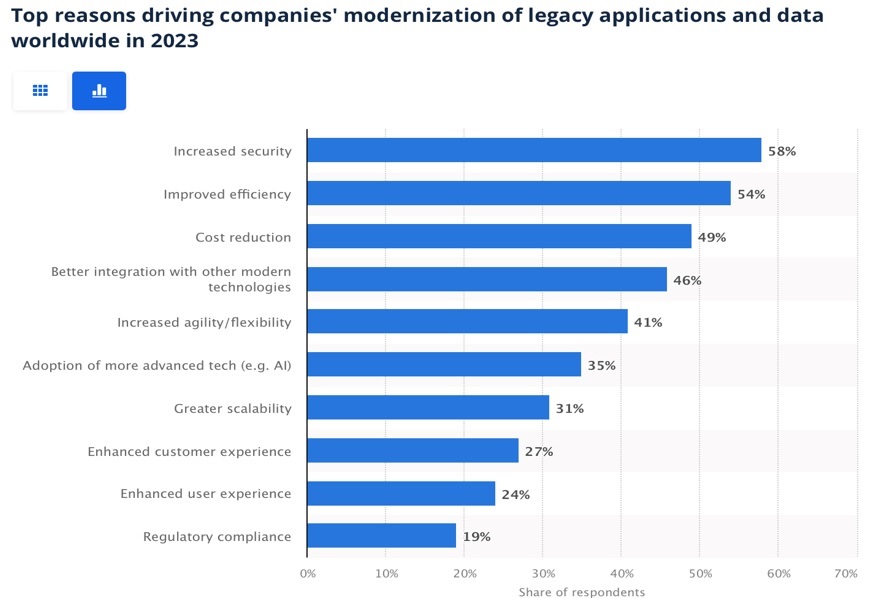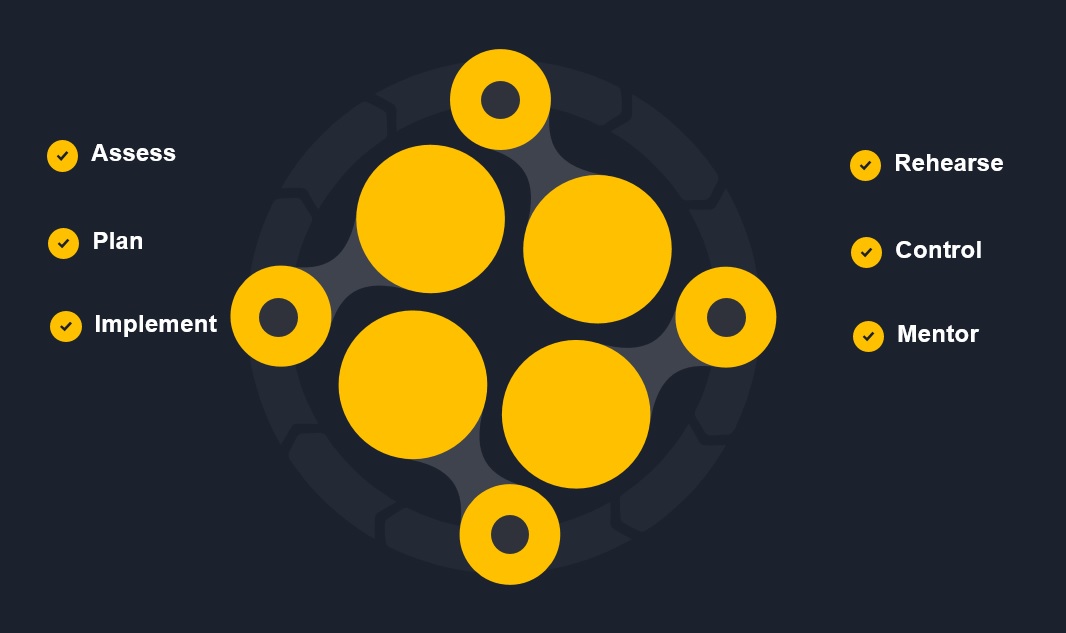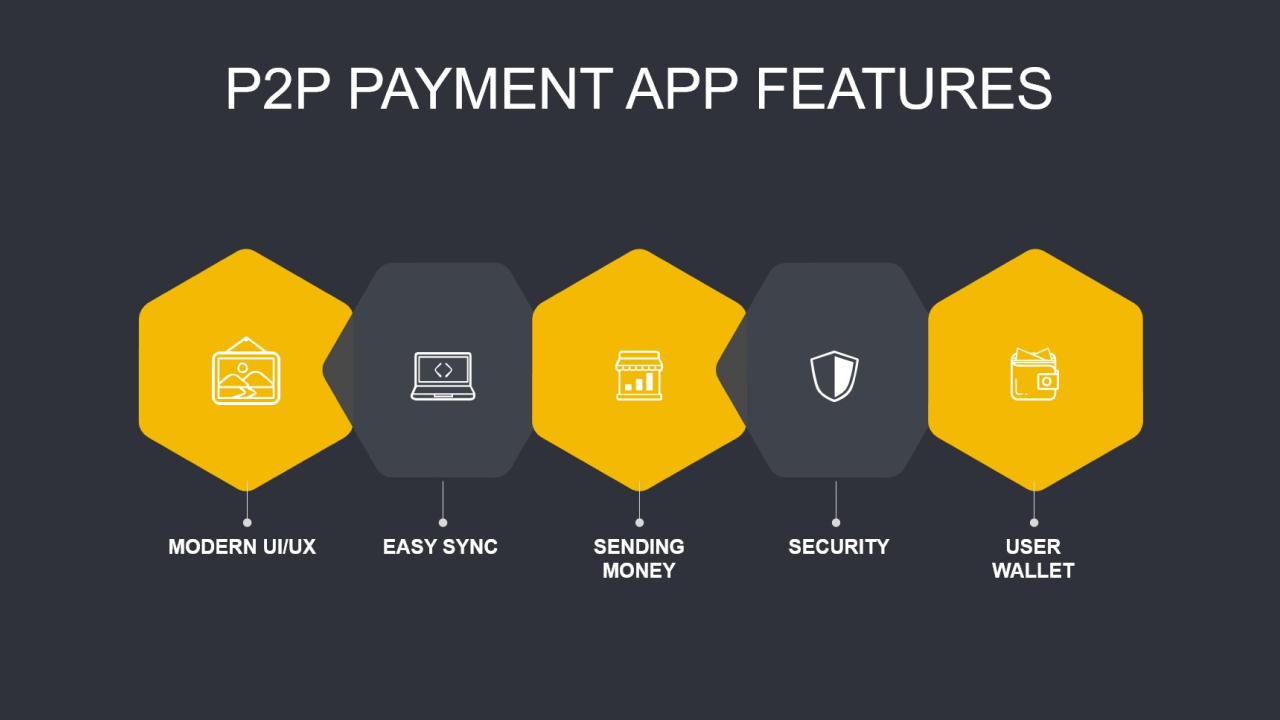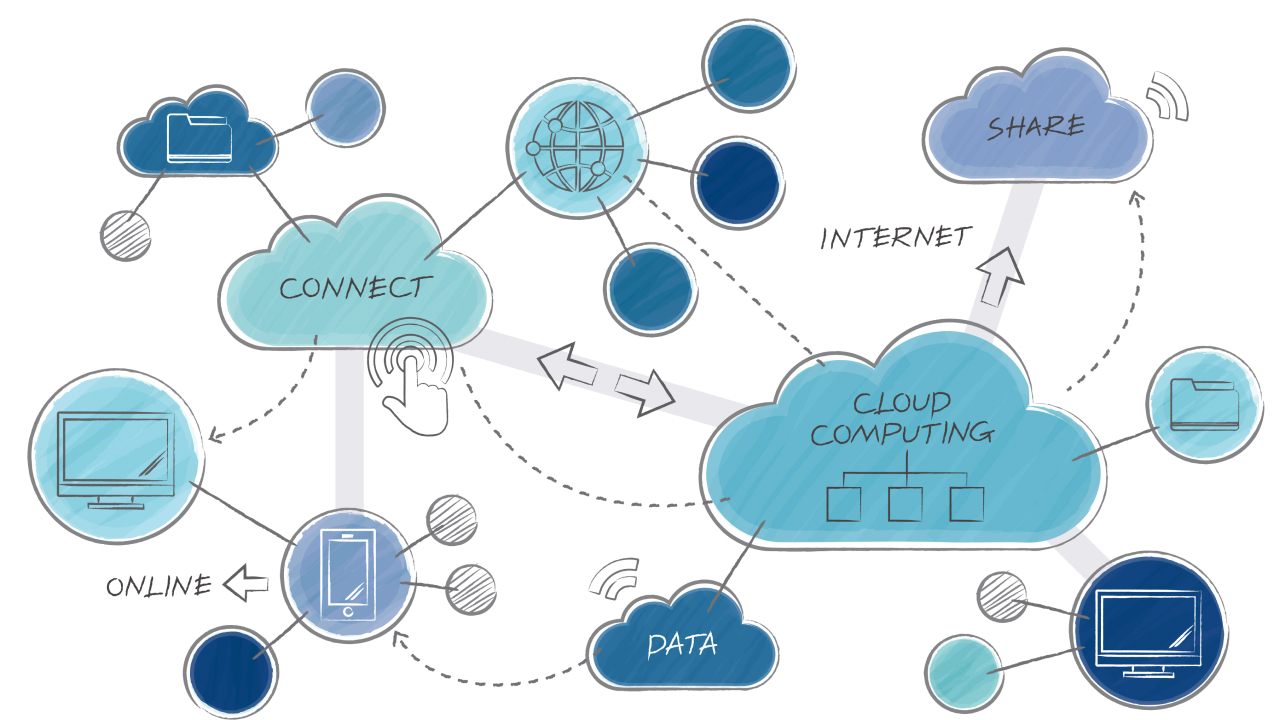In the nonstop progressing space of technologies, outdated systems known as legacy software frequently constrain entrepreneurship. Even well-performing functionality may have shortfalls when it comes to integrating new up-to-date systems, decreasing the efficiency, speed, and quality of business operations.
Our team at EXB Soft will reveal the meaning and core reasons for legacy software modernization, based on our experience, and suggest strategies for its successful implementation.
The Importance and Challenges of Legacy Systems Modernization
Key Points in Video:
Significance of Legacy Systems
Bellotti emphasizes that legacy systems are integral to operations due to their long-term success. Disregarding them as outdated overlooks their foundational value.
Challenges of Legacy Modernization
Around 80% of legacy modernization projects fail to meet their goals, with 27% significantly overrunning budgets. Bellotti's work focuses on ensuring these projects succeed by avoiding common pitfalls.
Myths About Modernization
- "Technology is too old": The age of technology is less critical than its maintainability. Older technologies often remain actively supported.
- "Rip and replace": Full system rewrites can be risky due to complexities and interdependencies, requiring a solid fallback plan.
- Cloud and SaaS: While beneficial, they can lead to vendor lock-in and unexpected costs, necessitating an understanding of these trade-offs.
Operational Excellence
Successful modernization involves setting clear goals, monitoring performance, and ensuring the team has necessary resources. Incremental improvements are more effective than complete overhauls.
Value Communication
Communicating the value of modernization in terms understandable to non-technical stakeholders is crucial. Highlighting improvements in performance, user experience, stability, and new features resonates with business leaders.
Human Factors
Many technical issues arise from human errors. Much of the maintenance work is proactive, driven by individuals committed to system improvement.
Customization and Context
Each organization has unique needs, making a one-size-fits-all approach ineffective. Understanding the specific context and constraints is essential for successful modernization.
Legacy Software: Definition and Characteristics
The definition of legacy software is broad-based and includes outdated systems, applications, and programming languages that remain in active use. They may remain fully operational, but they drastically lack modern technologies and methodologies due to old tech foundations that are undermaintained without the newest integrations. Such systems are backbreaking to update and improve (due to their long lifetime or system update complexity, which legacy software can not handle).

Some typical characteristics of legacy software are:
- Outmoded technology: previously developed digital or hardware foundation (or both) is out of date;
- Flexibility deficiency: updating and integration with modern systems is troublesome;
- High maintenance expenses: maintaining operational processes is costly;
- Restricted extensibility: limitation of extensions meant to help handle scaling system workloads.
Thus, an old system complicates the workflow significantly and increases its operating costs. But you can fix this by modernizing legacy applications.
Difference between legacy and modern software
The core distinction between legacy and modern software lies in the flexibility and scalability of the overall design. Modern cloud-based technologies provide smooth integration with all modern platforms. Unlike legacy software, timely updated software smoothes out a business's overall operational processes.
Below, we point out the crucial distinctive items between legacy and modern software in the comparison chart:
| Core Distinctive Features | Modern Software | Legacy Software |
|---|---|---|
| Application Programming Interface (API) | Possesses API connections excellently for the interaction of computer programs among each other | Lacks relevant APIs |
| Quality of performance | Offers intuitive and convenient user interfaces for better operational performance | Lacks convenient UIs, taking more time for a user to proceed |
| Security level | Better protected security protocols in modern systems protect data and provide safe and smooth integration without jeopardy of setbacks. | Open to attacks of the newest cyber threats |
| Extra Expenses | Does not require additional finances to run regular processes | Requires extra costs to fix existing technical problems, e.g., with platform integrations, etc. |
As the chart demonstrates, modern systems are convenient and cost-efficient, turning the working routine into smooth, fast processes without necessary extra costs.
Understanding Application Modernization: Architecture, Infrastructure, and DevOps Transformation
Application modernization focuses on the interconnected transformations shaping architecture, infrastructure, and delivery processes. It highlights the shift from monolithic applications and waterfall development to microservices, cloud infrastructure, and DevOps practices. Organizations can achieve faster time-to-market, greater resiliency, and improved adaptability by breaking down services into smaller, independent components, leveraging cloud scalability, and adopting agile and DevOps approaches. Addressing these transformations together is important to unlocking the full potential of modernization.
Legacy App Modernization and Its Benefits
Software modernization offers several benefits essential for successful business running, avoiding additional routines and trying to adapt old systems to the new ones. Security is the life-saving point for businesses to save the necessary information during platform integration and to match the software.
Add to the additional costs for operational processes on the old systems the works for information restoring in case of a crash, and you get a pretty bill or even unpredicted crucial information loss.
Risks and spurs of software modernization
The benefits of software modernization are evident. Then a logical question appears: Why entrepreneurs and businesses do not always migrate their software? Are there any risks?
As with any technological process, hurdles may happen during the transfer, affecting the business’s technical chain.
Here are the most frequent troubles of software modernization:
- Disruption of the operational system, affecting business flow;
- Expensiveness: technical improvements require notable financial investments;
- Information loss: the always unhappy case of certain data disappearing during transportation;
- A knowledge gap: an entrepreneur does not have the skills and education to manage the process correctly.
Even though technical updating is costly, it’s totally worth it. Especially when you have a team of professionals to back you up. Avoiding external analysis and even more extra costs during an unsuccessful updating process turns software modernization into a reasonable and comfortable routine without any losses.
What is the right time to modernize legacy apps?
Today, businesses that really care about their success, stability, and long-term prosperity are very interested in software updates. According to the latest data, security and operational efficiency are the essential reasons why companies go for modernization.

So, when is the perfect time for software modernization?
Reasons for modernizing legacy applications become more visible when users face the following problems:
Increasing complexity manifests in:- The app’s code and structure get too complex;
- The operational process, development cycles, and productivity are decreasing;
- Maintaining and managing apps turns into a costly affair;
- Interaction with other apps requires roundabout maneuvers and tradeoffs.
- Uncontrolled technical debt (not fixing tech problems timely that affect business in the future);
- Fixing tech issues becomes complicated;
- Lack of IT specialists who can cope with understanding the code and solve subsequent problems;
- Using old methodologies without tech support.
- Scalability requirements necessary for the app are out of due;
- Scalability costs start exceeding the investments into legacy app modernization;
- Lack of flexibility for efficient app running;
- Calculation of the costs for regular machinery operations becomes troublesome.
- The application runs slowly, with breaks or time pauses;
- Poor analytics rates and business metrics, e.g., increased bonus, a drop in retention rate, etc.;
- The legacy application cannot compete with the recent ones in the IT market.
- Data protection updating does not work due to the old system installed;
- Technical support does not serve the legacy software, putting all systems at risk;
- Complying with the new regulations during app expansion to the markets becomes troublesome.
- Your legacy software borders your innovation ambitions;
- Fitting the modern business requirements, routine operations, and workload become problematic;
- The old version of the application does not allow competitive products in the market.
We have observed the most frequent yet not all scenarios when you need to modernize legacy apps. Once you have realized that modernization is your next reasonable and cost-effective step, let’s think about strategies for its implementation.
App Modernization Challenges
The newest technologies allow the software and hardware to update for various and limitless proposals. Let’s explore the most useful ones for businesses that can significantly ease the workflow, save budget, and multiply it.
The most relevant modernization challenges are:
Java applications
Having existed in the IT market for 29 years, it has become the leading programming language used by numerous systems in the last year.
Monolithic Java-based apps include the kit for running an app yet are very difficult to change and adjust. Modernization provided by professional IT specialists supposes spitting the monolith into smaller pieces and migrating them partly to modern software. That’s how the integration happens. It’s quick and cost-effective compared to code rewriting.
Thanks to a microservice architecture, legacy app modernization significantly justifies the invested costs into business. Various apps may have different modernization tasks. The task of specialists is to choose the most fitting cloud model for your Java-based app that maximally responds to expected needs.
Cloud Foundry and Kubernetes
Developed in 2011, Cloud Foundry, a pioneer of containerized apps, is a platform for building, deploying, and launching cloud-native applications. Kubernetes is a combinative platform that automates numerous manual processes of containerized apps. These are mutually compatible, but each has pros and cons, including the differing approaches to application management.
Primarily, Cloud Foundry focuses on the app, while Kubernetes points to the container. This means that developers should create a specific container for an app and settle other configurations. Both platforms support the entire app life cycle and allow developing and launching them.
.NET applications
.NET is an open-source platform leveraged by developers for cross-platform applications launched on Windows and Linux, and is sometimes used for mobile development. Despite the open code of .NET and its availability on several platforms, its modernization is necessary for Linux operational systems and other new platforms.
For instance, working in Windows, you may need to combine Linux and Kubernetes. And that’s a challenging modernization strategy that only highly professional IT teams can help with! As .NET is our key expertise, we have had dozens of customers coming to us at EXB Soft after unsuccessful modernization attempts.
Virtualization
This modernization solution offers its clients a modern, efficient, secure cloud platform for launching new and existing Virtual machine workflows, allowing easy migration among various platforms. This cloud hybrid secure platform provides speed, relevant techniques, and ease of management for virtual machines, containers, and serverless workloads.
By and large, considering the variety of operational systems and modernization variants, entrepreneurs can choose the option that responds to their needs and budget.
Step-by-Step Process of App Modernization
As mentioned above, application modernization is a highly challenging task. Best to entrust it to professionals. However, it’s vital to understand what the process looks like. These are steps we follow at EXB Soft to ensure successful and result-oriented application modernization.

Step 1: Assess
Analyze your system and applications to determine the areas needing modernization the most. Include each point of your business goals, desired achievements, currently used technologies, integration and infrastructure, available sources, expenses, risks, possible problems, and limitations. Adequate evaluation leads to the best outcomes.
Step 2: Plan
After application gap determination follows a scheme to modernize the legacy app: one chosen solution, the most suitable for your legacy software, and planned expenses for modernization or a combination of measurements. Your options here include:
- Re-host: application transition from one platform to another with insignificant improvements or without them. The fast method with minimal investments;
- Re-platform: transportation to the cloud storage for scalability improvements. It may need code adjustments but does not require the core legacy app modernization;
- Re-factor: requires the current improved code to enhance readability and functional app experience quality;
- Re-architect: implies the entire system rebuilding to achieve higher overall rates of app efficiency. It refers to the ground system changes and supposes additional step-by-step instructions;
- Re-engineer: fundamental changes of the software quality, e.g., design and app structure, to achieve the settled business goals;
- Re-place: switching the legacy app for a SaaS is a good fit when no other approach is cost-effective.
After determining the strategy, draw a detailed plan including metrics, budget, and time borders to kick off the modernization.
Step 3: Implement
The results of modernization highly depend on the scale of measurements and chosen strategy. Bringing your goals to life gradually using a flexible methodology allows for better expense control and subsequent changes, decreasing the risk of failing the process. Testing at the beginning of the developmental process makes sense to detect sudden problems immediately once they occur and not waste money on fixing them in the future.
Step 4: Rehearse
The iterative approach to modernizing software brings quick results with minimal investments. Once you implement one strategy, evaluate it for further actions. Measure priorities based on the already achieved results and user reviews. Decide what to do next based on the collected takeaways.
Step 5: Control and Gauge
Measure the outcomes of modernization based on readings, such as the rate of failures, performance, infrastructure expenses, scalability, etc. Depending on your desired achievements, you may need some time to actually gauge felt results.
Step 6: Mentor
The global modernization process has been improving all the time. Hence, you will need to help your team exercise existing strategies and learn new ones over time. Keep in mind that learning and practicing are inevitable processes in the world of technology.
Once you decide to undertake these steps alone, measure all risks and investments that may not bring any income in case of errors. Calculate the finances for a team of highly professional individuals to whom you can entrust the process and focus on the daily routine you are confident in.
Conclusion
Modernized technologies impact the life of legacy software regardless of our will, forced by global tech progress. Breaking this circle may cost your business kicking up the trades. Keep up with the times and include the necessary updates promptly, even if you do not plan any global technical changes. This will help to stay afloat and succeed in the business competition.
Once you feel the first benefits of the updating process, you will turn the modernization of legacy applications into a routine that helps you scale and compete. Contact us to discuss your project, and get a consultation or a project estimate.
F.A.Q
Legacy systems often lack APIs for seamless interaction with modern platforms, leading to integration challenges. Additionally, they have outdated security protocols, poor performance interfaces, and require extensive manual intervention for maintenance, making integration with cloud-based technologies complex and costly.
The rigidity of legacy software hinders scalability as it cannot easily adapt to increasing workloads or integrate with modern solutions. This inflexibility results in performance bottlenecks, higher operational costs, and an inability to leverage the efficiencies of newer, more adaptable technologies.
Maintaining legacy systems incurs high costs due to frequent repairs, lack of support, and inefficient performance. In contrast, modernizing legacy systems, although requiring upfront investment, reduces long-term costs by improving efficiency, reducing downtime, and minimizing security risks, thus offering a better return on investment.
Legacy software often lacks the latest security updates and features, making it susceptible to modern cyber threats. The absence of advanced encryption, multi-factor authentication, and regular security patches increases the risk of data breaches and compromises the overall security of the system.
What are the key indicators that signal the need for legacy application modernization in a business?
Key indicators include increasing maintenance costs, inability to integrate with new systems, declining system performance, frequent downtime, user dissatisfaction, and security vulnerabilities. Additionally, difficulty in finding skilled personnel to maintain outdated systems and the need for better scalability and flexibility also signal the need for modernization.
Modernization strategies for .NET applications include re-hosting to cloud environments, re-platforming for better scalability, re-factoring to improve code readability and functionality, re-architecting for more efficient system design, and re-engineering to update the application structure and design for better performance and integration capabilities.
Effective risk management strategies include thorough assessment and planning, involving skilled professionals, incremental implementation, rigorous testing, and continuous monitoring. Additionally, having a detailed backup and recovery plan, clear communication, and training for staff on new systems are essential to mitigate risks during modernization.



